Premium Only Content
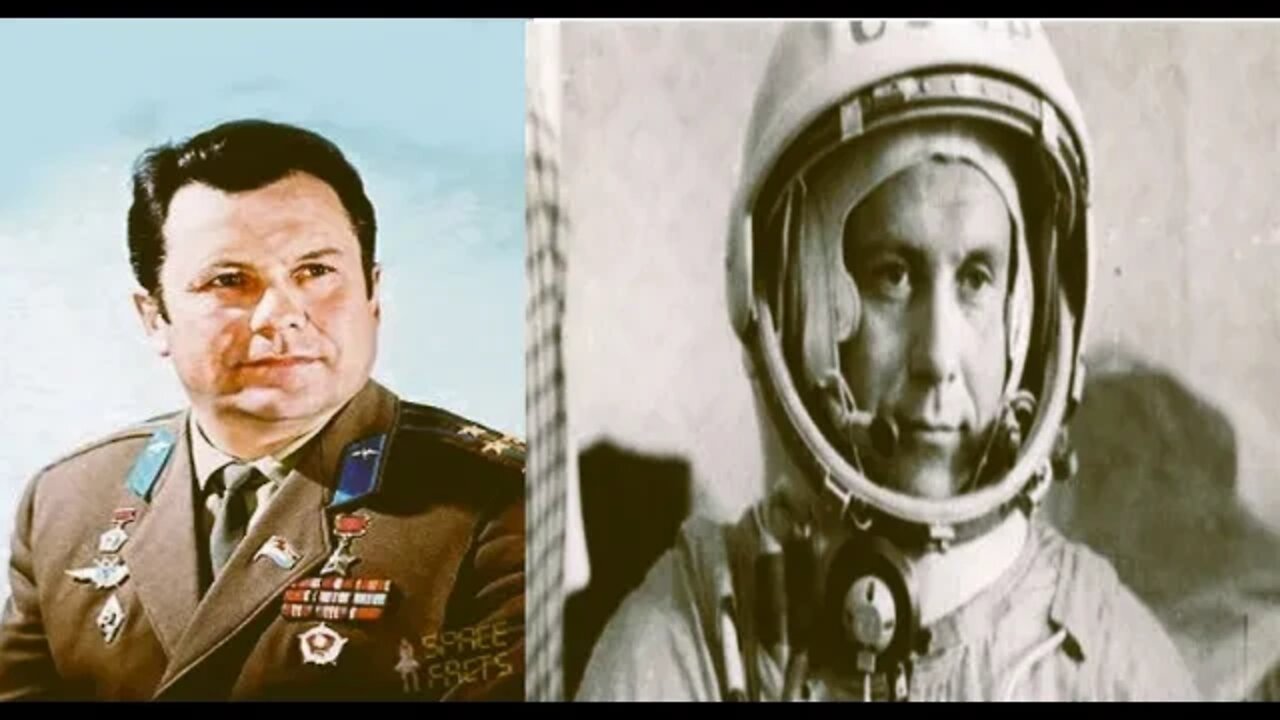
UFO Sighting By Soviet Cosmonaut Pavel Popovich
On September 30th 2009, General-Major of Aviation, Pilot-Cosmonaut Pavel Romanovich Popovich, the first Ukrainian cosmonaut in history, passed away. Always proud of his ethnicity, twice Hero of the Soviet Union award, he had many other awards and medals.
Pavel Popovich was greatly respected; a kind, nice and decent person, always ready to help others. His life was intertwined with the turbulent history of UFO research in the Soviet Union after 1978.
Popovich was born in Soviet Ukraine on October 5, 1929. A young engineer and amateur pilot, Popovich joined the Soviet Air Force; in 1960 he was enrolled in the first team of cosmonauts. Popovich was the Number “Four” Cosmonaut in the history of manned spaceflights. He underwent a full course of training for space flights on board “Vostok” spacecraft.
Pavel Popovich (as a boy) lived under the Nazi occupation for several years, and this fact could sink his chances to become a Soviet cosmonaut. The KGB took several months to study biographies of each of the future cosmonauts; someone must have had the courage to overlook that fact, and let him continue his training.
POPOVICH AND SETKA: A SECRET SOVIET UFO RESEARCH PROGRAM
In 1978, the powerful Military-Industrial Commission created two UFO research centers, one in the USSR Academy of Sciences, the other in the USSR Defense Ministry. The anomalous phenomena research in the USSR Academy of Sciences became the subject of a special scientific research program designated as SETKA-AN.
The Soviet Ministry of Defense embarked on a similar program, the secret SETKA-MO. Both centers aided each other’s UFO research and exchanged information. The first act of the SETKA-AN resulted in official sanction of “anomalous atmospheric phenomena” as a descriptive term, instead of the forbidden “UFO.”
The SETKA-AN debunkers did its best to prove there are no UFOs, only errors in observation of rocket launches, or at the very least, ball lightning. But there had been occasions when “anomalous phenomena” had led to the unauthorized launches of mobile missiles, and on other occasions, the appearance of UFOs during military training exercises had resulted in the breakdown of radio communications and equipment malfunctions.
The program ended in 1991, but a group of experts remained in the Department of General Physics and Astronomy of the Russian Academy of Sciences where they analyzed incoming reports until 1996.
Scientific arguments regarding the nature of UFOs had been the least of the military researchers’ concerns; they did, however, pay close attention to the hypothesis that UFOs are manifestations of an ET civilization. They had been concerned with UFOs’ quite unpredictable impact on military technology and on personnel. They wanted to know how they could use UFO properties for their own pragmatic military needs.
In 1984, by the decision of VSNTO (All-Union Council of Scientific Technical Societies), a Central Commission for Anomalous Phenomena in the Environment was created. Its Chairman was Soviet academician V. Troitsky, one of his deputies was General-Major of Aviation, Pilot-Cosmonaut P. Popovich.
The Commission was born because those in charge of the academic research of the SETKA program basically got rid of independent UFO researchers, leaving only the debunkers together with military specialists from secret military institutes in the program.
Independent Soviet ufologists did nottake the continuous scorn from debunkers lying down, and basically moved the Academy of Sciences aside, by directly approaching military coordinators of the secret program.
-
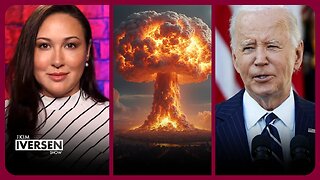 1:37:46
1:37:46
Kim Iversen
14 hours agoJoe Biden’s Post-Election Revenge: WW3 | Democrats Tremble Over Matt Gaetz and RFK Jr, Form “Shadow Cabinet"
130K136 -
 1:47:09
1:47:09
Fresh and Fit
13 hours agoGuy Crashes Car Working Uber?! Money Monday Call In Show!
85.2K11 -
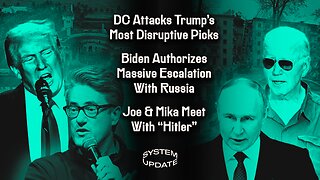 1:48:50
1:48:50
Glenn Greenwald
14 hours agoDC Attacks Trump's Most Disruptive Picks; Biden Authorizes Massive Escalation With Russia; Joe & Mika Meet With "Hitler" | SYSTEM UPDATE #367
178K241 -
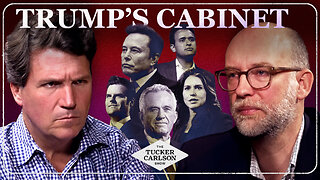 1:44:34
1:44:34
Tucker Carlson
13 hours agoTucker Carlson and Russ Vought Break Down DOGE and All of Trump’s Cabinet Picks So Far
218K337 -
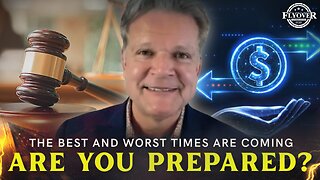 1:42:47
1:42:47
Flyover Conservatives
1 day agoBO POLNY | The Best and Worst Times Are Coming – Are You Ready? | FOC Show
63.9K24 -
 51:12
51:12
BIG NEM
16 hours agoWelcome to Our Uncensored Show: Trump, Simulation Theory & the Albanian Mob - EP1
69.4K17 -
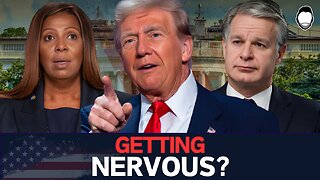 2:05:14
2:05:14
Robert Gouveia
15 hours agoFBI Criminals Get LAWYERS; STOP Counting ILLEGAL Votes; Time to Disbar Tish James
86.3K116 -
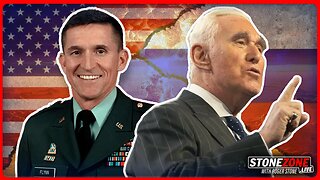 1:00:30
1:00:30
The StoneZONE with Roger Stone
13 hours agoAre We Heading For World War III? General Michael Flynn Joins The StoneZONE w/ Roger Stone
60.4K17 -
 1:14:12
1:14:12
We Like Shooting
23 hours ago $2.54 earnedDouble Tap 384 (Gun Podcast)
31.4K -
 4:17:21
4:17:21
Tundra Gaming Live
15 hours ago $3.36 earnedThe Worlds Okayest War Thunder Stream
42.2K2